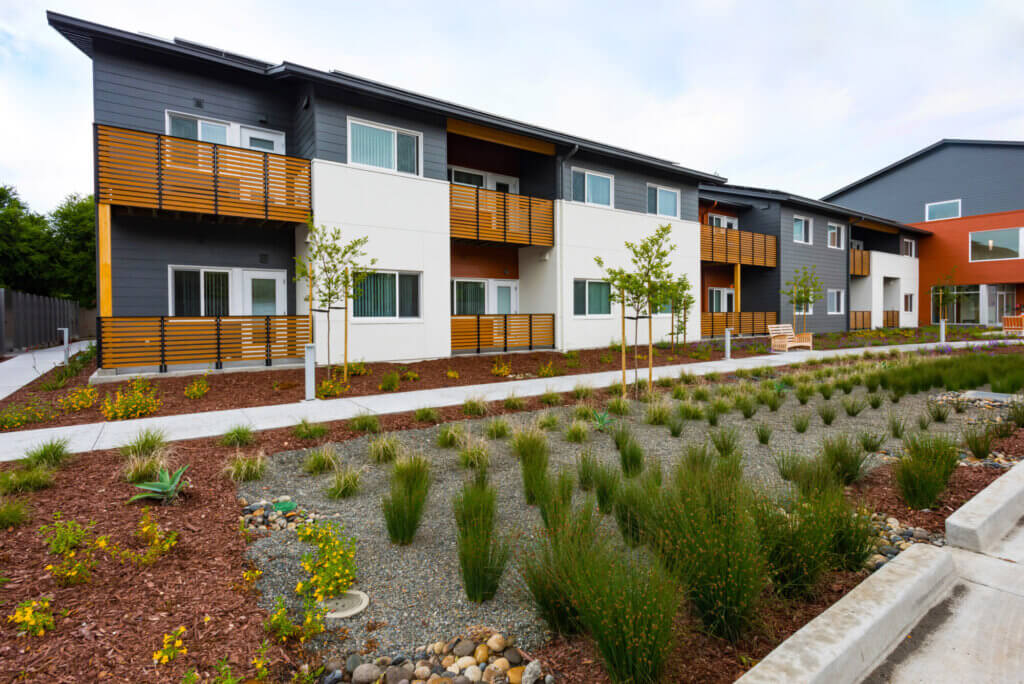Opening Doors to Homeownership Series Part 1: Lease-Purchase
Published On January 10, 2017
A number of recent studies suggest that the American Dream, with its promise of upward mobility, is diminishing for current and future generations as the racial wealth gap grows and access to opportunity shrinks. This troubling trend is most evident in one of the dream’s most potent symbols: homeownership. In recent years, alongside widening inequality, rates of homeownership among young adults and minority families have declined precipitously and, in 2016, the national homeownership rate fell to its lowest level in more than 50 years.
What explains this trend? Working families (and especially lower-income and minority households) seeking to buy their first home face a myriad of barriers, including a housing market where prices are rising faster than incomes, an inadequate inventory of affordable homes, high levels of student loan debt, and the continued challenge of post-crisis credit standards. To overcome these barriers and restore a key pillar of a vibrant middle class, new solutions are urgently needed to help bridge the gaps and clear the pathways to homeownership.
Today, the Terner Center is launching the Opening Doors to Homeownership series, exploring several innovative models that hold the promise to do exactly that.
The ideas we will examine are varied, but have in common the potential to better meet the needs of today’s aspiring homebuyers and foster a more inclusive housing market. Expanding access to homeownership, especially to those who have been traditionally “locked out,” is a critical component of increasing financial stability for families, narrowing the wealth gap in communities, and creating a more vibrant economy nationwide.
The first idea: a responsible, scalable lease-purchase mortgage product. The lease-purchase model is specifically intended to help bridge the financial and credit gaps many young families face when seeking to buy a home. In a lease-purchase arrangement, a household rents for a period of time before taking on the mortgage and ownership of the property. This rental period allows households to build a positive credit history and increase their savings before taking on the responsibility of a mortgage, while at the same time “locking in” lower interest rates and house prices. Lease-purchase programs can also contribute to neighborhood stabilization, bringing the investment associated with homeownership to communities facing disinvestment or still suffering from the lingering impacts of the foreclosure crisis.
Our policy brief, Expanding Access to Homeownership through Lease Purchase, explores lessons learned from existing lease-purchase models (both those managed by nonprofit and private sector entities), and in doing so, identifies the current challenges to broader implementation. That analysis serves as the basis for the proposal of a new mortgage product, the LEAP (Lease Equitably and Purchase) mortgage, that would be offered by the Federal Housing Administration, Fannie Mae, or Freddie Mac. The mortgage would be available to nonprofits and other entities seeking to use a lease-purchase program, and would help to lower theirs cost and increasing their ability to reach more families.
As we proceed with the Opening Doors to Homeownership series, we welcome responses and reactions from practitioners, policymakers, citizens and advocates who are engaged with this important issue. Please stay in touch with us at ternercenter@berkeley.edu.





